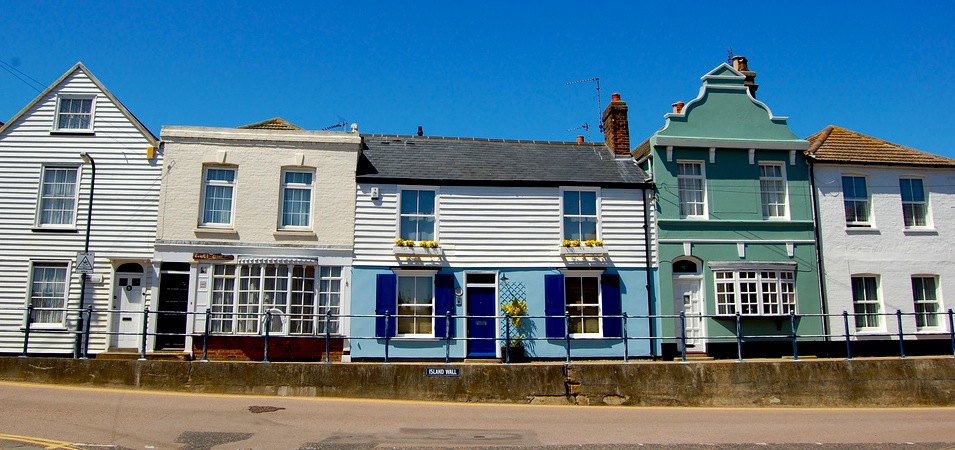
Becoming a landlord and acquiring properties as buy-to-lets is ideal if you’re looking for a high return investment that allows you to have some personal involvement in your affairs. Watching your savings sit in accounts with lower than inflation interest rates has been demoralising in recent years but due to the forecasted house price rise, there has never been a better time to invest in property. However there’s a key choice you have to make when setting up a buy-to-let property and that’s the decision between running it as a holiday let or as a long term rental with an assured shorthold tenancy (AST) agreement.
Both of these letting types have pros and cons but the key factor when deciding between them should be how much involvement you’d like to have in running the property. There’s also the very important matter of which type can generate you more money and this largely depends on the location in which you’re building up your portfolio. It should go without saying that in order to run a profitable holiday home, it needs to be in a location popular with tourists. People tend to already have a particular destination in mind when starting out on their search for a holiday home and so it doesn’t matter how lavishly renovated your new holiday let is, they just won’t find it.
As you might have guessed, a fully booked holiday let will bring in considerably more money than a long term tenancy but establishing a holiday home is also a lot more costly. Not only is there more demand and therefor higher property prices in popular tourist locations but people also expect a lot more from a holiday home. After all this is supposed to be your guest’s holiday and so it’ll need high quality furnishings and a sense of luxury while long term lets can be unfurnished and tenants have much more time in which to set the home up to suit them. If you’d like to hear a personal story on the matter then this blog post offers a lot of insight from someone who made the transition themselves between a long term rental property and a holiday let.
There’s a tightrope to walk when running a holiday home and that is ensuring that you can maintain a busy booking schedule. A holiday let in a popular UK holiday location such as Whitstable, Kent can make more money in a peak summer week than it would in a month as a long term rental home but if your property is frequently vacant, your profits will be rapidly eaten away. While you might not like the idea of handing over something in the region of 20% of your takings to a holiday rental agency, its very naive to think you can go without one in your first few years of operating as a holiday let. Every week your property lies dormant, you’re gaining nothing from it and a popular agency like Sykes Cottages could keep your holiday home busy for a majority of the time. Flexible agencies also let you take private bookings out of your calendar so if you do manage to set up any of your own bookings or want to stay there yourself then there are no agencies fees.
This all might sound to good to be true. Four times as much money from a holiday let? And indeed it may well be for after the summer months come winter and not only do the standard weekly rental rates drop by over half but the number of bookings made will also dwindle. Unless you’re with a great rental agency that can give you consistent bookings during these months, you’ll likely be making less than with a long term tenancy agreement. This brings us onto another idea which a growing number of people are doing these days: hybrid lettings. That might sound a bit technical but it basically involves closing up shop for the winter months and either setting up a 6 month letting agreement with some tenants, carrying out renovation work on the property, or making the most of it and living there yourself.
Share this Post







